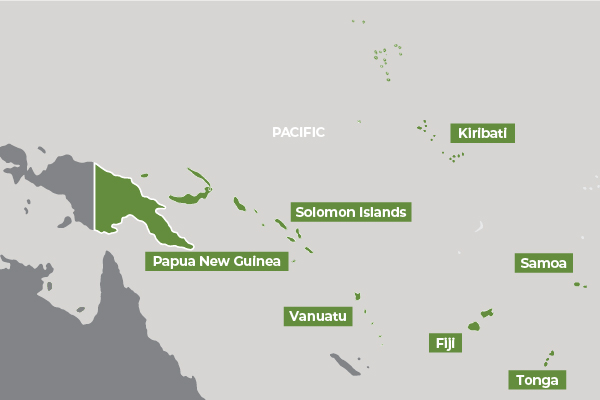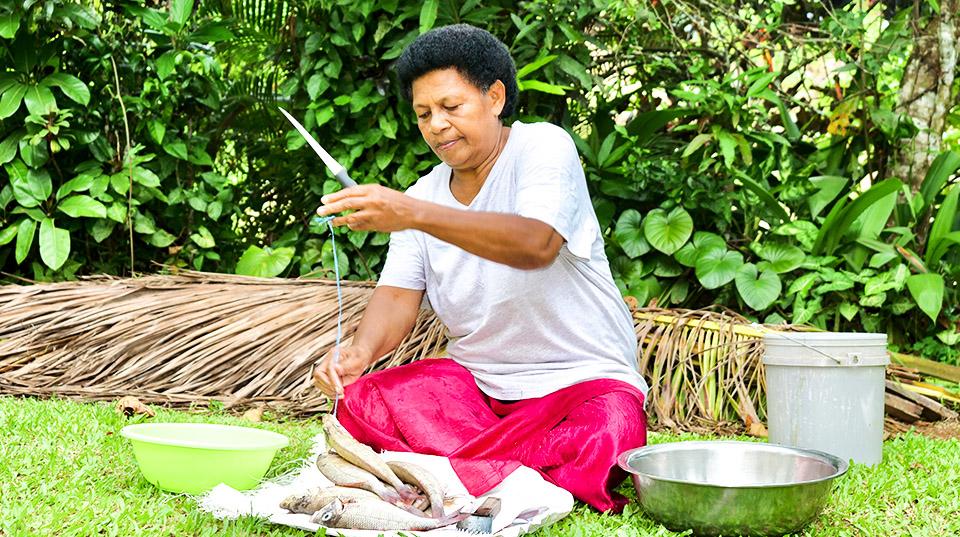Overview
This project aims to establish the strengthened networks, integrated governance and policy, and diagnostic framework required to implement an Integrated Livelihoods Approach (ILA).
Livelihood improvement projects are often sectoral, missing cumulative impacts and feedbacks between sectors and livelihoods. They also tend to focus on individuals and households, missing broader-scale diversification opportunities and outcomes. This SRA aims to address these limitations by establishing an ILA to guide scientists, practitioners and decision-makers engaged in livelihood improvement project planning and assessment to achieve three desired outcomes in Pacific coastal communities: (1) a fair and just society, (2) sustainable natural resource use, and (3) resilient livelihoods. The initial framework for the ILA was developed via a workshop hosted by Dr Amy Diedrich from James Cook University and Dr Hampus Eriksson from WorldFish/ANCORS, held in Townsville, Australia in November 2019. The workshop drew on the expertise of a scientific panel of twelve experts in Pacific livelihoods with research interests related to key industries operating in the Pacific Islands
The ILA provides an approach to diagnose and help navigate interrelated and cumulative impacts, trade-offs and co-benefits of interacting livelihood activities occurring in spatially defined coastal areas. Participatory and interdisciplinary research, integrated governance, negotiation, trust-building, ongoing conflict management, and cross-sectoral and political engagement are central to the ILA.
This project will establish the mechanisms for achieving the strengthened networks, integrated governance and policy, and improved planning required to implement an ILA in Western Province, Solomon Islands, with the potential to scale-up to other locations.
Expected project outcomes
- Establishing an ILA Strategic Partnership and Steering Committee.
- Determining and initiating the governance and policy integration required to support the ILA.
- Developing the ILA Diagnostic Framework.
- Developing the ILA Spatial Database & Decision Support Tool.
- Establishing mechanisms and identifying capacity needs required to sustain and further develop the ILA after project completion.
Summary of outcomes to date
2021–22
- Engaged 9 national and provincial level decision-makers representing key livelihoods sectors (fisheries, tourism, agriculture, forestry, and planning and development) in a Project Steering Committee and conducted key informant interviews with all of them to determine their views on the current level of integration and livelihoods support provided by national level policies. Also engaged 3 partner communities in Western Province.
- Completed the policy analysis and key informant interviews (see above). These were delayed due to COVID lockdowns and civil unrest in Honiara. Interviews have been transcribed and the policy integration report is pending the inclusion of this qualitative data.
- Final training activities associated with the ‘decision-support toolkit’ are now anticipated to take place in 2023 and it is expected that they will be completed on or close to planned project completion.




